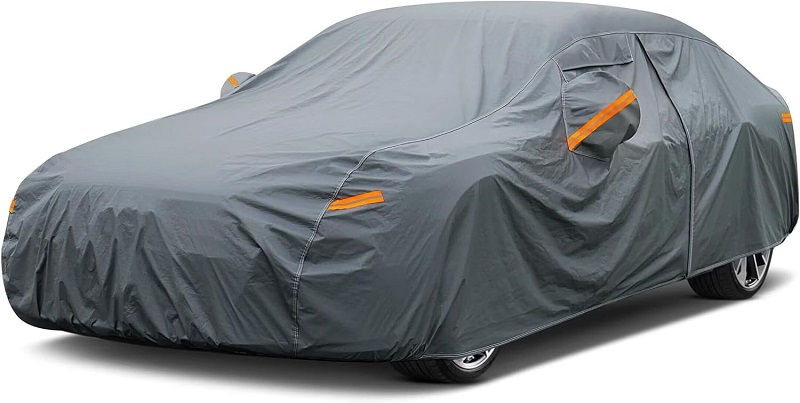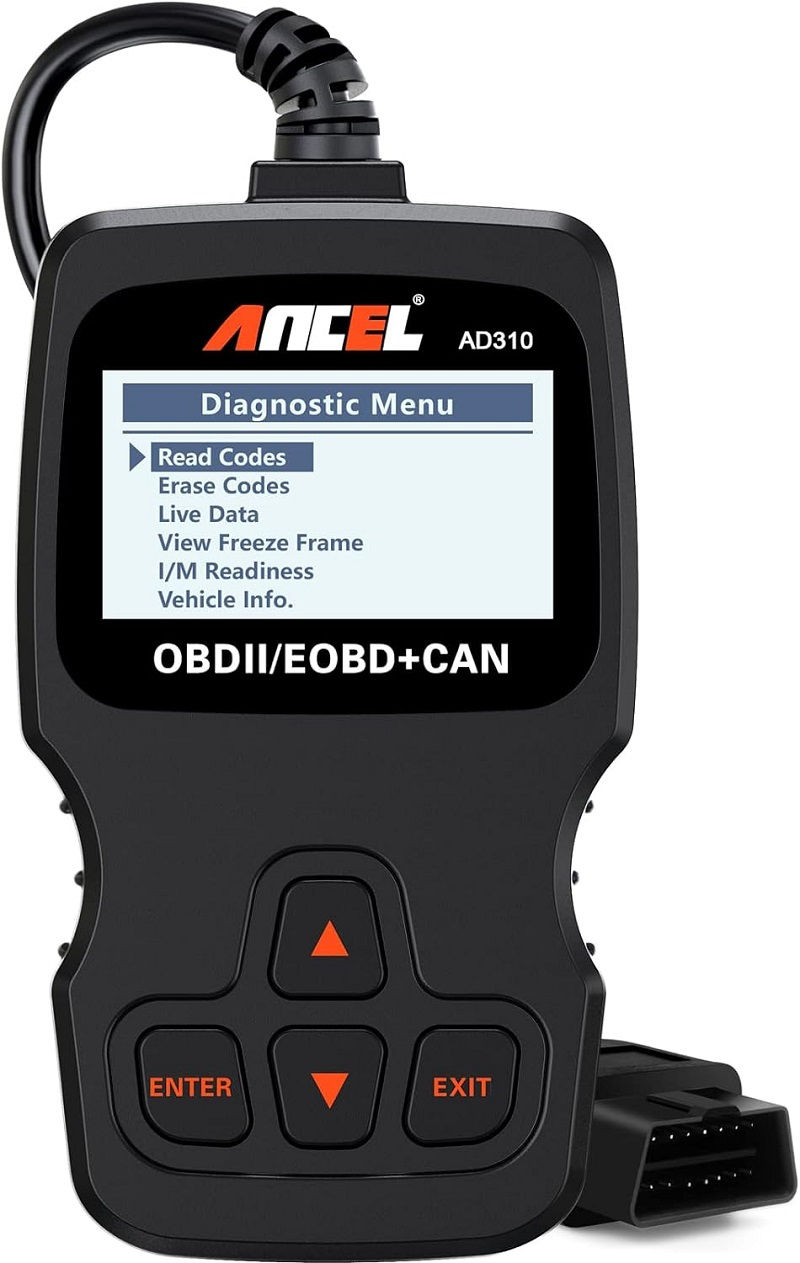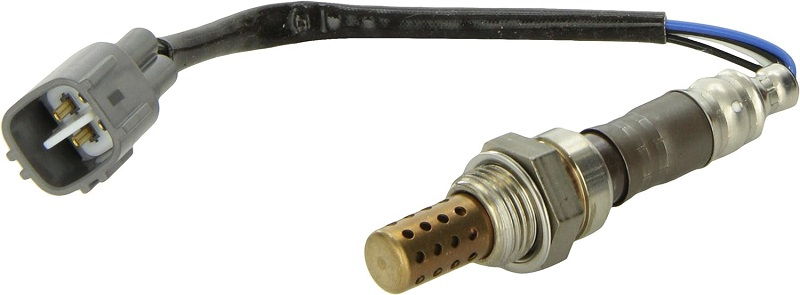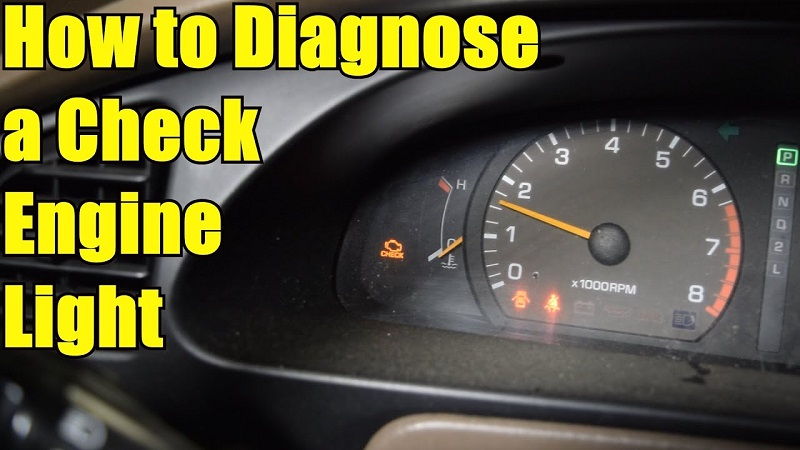This post contains affiliate links. This means I will make a commission at no extra cost to you should you click through and make a purchase [ “As an Amazon Associate, I earn from qualifying purchases.” ]. Read the full disclosure here.
Toyota Camry Check Engine Light GuideMechanic.Com When it comes to keeping your Toyota Camry in top condition, one of the most important warning lights to pay attention to is the check engine light.
This small yet powerful light on your dashboard can indicate a wide range of issues, from simple malfunctions to more serious engine problems.
In this comprehensive guide, we will delve into the world of the Toyota Camry check engine light, exploring its causes, potential solutions, and everything you need to know to keep your beloved sedan running smoothly.
Before we dive into the details, it’s important to understand that the check engine light, also known as the malfunction indicator lamp (MIL), serves as a warning system for various components of your vehicle.
See Also: Catalytic Converter For Toyota Sequoia
It is triggered by the onboard diagnostic system, which constantly monitors the performance of your Camry’s engine and emission control systems. When a fault is detected, the check engine light illuminates, indicating the need for attention.
Common Causes of the Check Engine Light

The check engine light in your Toyota Camry can be triggered by a variety of issues. Understanding the common causes can help you identify and address the problem more effectively.
One common culprit is a loose gas cap. A loose or improperly sealed gas cap can disrupt the fuel system’s pressure and trigger the check engine light. Another common cause is a faulty oxygen sensor.
The oxygen sensor plays a crucial role in monitoring the exhaust gases and adjusting the fuel-air mixture. When it malfunctions, it can lead to poor fuel efficiency and emissions, triggering the check engine light.
Summary: Loose gas caps and faulty oxygen sensors are among the common causes of the check engine light in a Toyota Camry.
Faulty Catalytic Converter
A malfunctioning catalytic converter can also trigger the check engine light. The catalytic converter is responsible for reducing harmful emissions by converting them into less harmful substances.
Over time, it can become clogged or damaged, leading to decreased performance and increased emissions. This can cause the check engine light to illuminate.
Additionally, issues with the ignition system, such as a faulty spark plug or ignition coil, can also trigger the check engine light.
The ignition system is crucial for proper combustion and engine performance. If any of its components fail, it can lead to misfires and trigger the check engine light.
Summary: A faulty catalytic converter and issues with the ignition system can also cause the check engine light to illuminate in a Toyota Camry.
Identifying Check Engine Light Codes
Check out this ANCEL AD310 Classic Enhanced Universal OBD II Scanner Car Engine Fault Code Reader CAN Diagnostic Scan Tool-Black

When the check engine light illuminates in your Toyota Camry, it’s essential to identify the specific trouble code associated with the issue.
This code provides valuable information about the nature of the problem and helps guide the troubleshooting process. To retrieve the code, you will need an OBD-II scanner.
See Also: Toyota 4runner Catalytic Converter
This diagnostic tool plugs into the vehicle’s OBD-II port and communicates with the onboard diagnostic system. It retrieves the trouble code(s) stored in the system’s memory and displays them on the scanner’s screen.
Summary: An OBD-II scanner is used to identify the specific trouble code associated with the check engine light in a Toyota Camry.
Interpreting Check Engine Light Codes
Once you have retrieved the check engine light code(s), it’s crucial to understand their meaning to effectively diagnose and resolve the issue.
Each code corresponds to a specific problem within the engine or emission control system. The codes are standardized across all vehicles and can be looked up in a database.
This allows you to gain insights into the potential causes and necessary repairs. It’s important to note that a single code does not always pinpoint the exact problem but rather provides a starting point for further investigation.
Summary: Understanding the meaning of the check engine light codes is essential for diagnosing and resolving the issue in a Toyota Camry.
DIY Solutions for Common Check Engine Light Problems
Check out this Denso 234-4260 Oxygen Sensor

While some check engine light issues require professional expertise, there are several common problems that you can attempt to fix yourself. One common DIY solution is to tighten or replace a loose gas cap.
If the check engine light is triggered by a loose gas cap, simply removing and re-tightening it can resolve the issue. Another DIY solution is to replace a faulty oxygen sensor.
Oxygen sensors are relatively easy to access and replace in most vehicles, including the Toyota Camry. By following the manufacturer’s instructions and using the correct tools, you can replace the faulty sensor and reset the check engine light.
Summary: Tightening or replacing a loose gas cap and replacing a faulty oxygen sensor are common DIY solutions for check engine light problems in a Toyota Camry.
Cleaning the Mass Airflow Sensor
A dirty or faulty mass airflow (MAF) sensor can also trigger the check engine light. The MAF sensor measures the amount of air entering the engine and adjusts the fuel injection accordingly.
Over time, it can become contaminated with dirt, debris, or oil residue, affecting its accuracy. Cleaning the MAF sensor can often resolve the issue and prevent the check engine light from illuminating.
Using a specialized MAF sensor cleaner and following the manufacturer’s instructions, you can carefully clean the sensor and restore its functionality.
Summary: Cleaning the mass airflow sensor can help resolve check engine light issues caused by a dirty or faulty sensor in a Toyota Camry.
When to Seek Professional Help
While DIY solutions can be effective in many cases, there are situations that require professional intervention.
If you are unable to identify the cause of the check engine light or if the issue persists after attempting DIY repairs, it’s advisable to seek professional help.
See Also: Toyota Tacoma Catalytic Converter
A qualified mechanic or dealership technician has the expertise and specialized tools to diagnose and repair complex engine problems.
They can perform advanced diagnostic tests, interpret the check engine light codes accurately, and provide the necessary repairs or replacements.
Summary: Professional help should be sought when unable to identify the cause of the check engine light or if DIY repairs do not resolve the issue in a Toyota Camry.
Warning Signs for Professional Help
There are several warning signs that indicate it’s time to take your Toyota Camry to a trusted mechanic or dealership for professional assistance.
If the check engine light is flashing instead of remaining steady, it indicates a severe problem that requires immediate attention.
Additionally, if you experience a significant drop in performance, rough idling, excessive smoke from the exhaust, or any other unusual symptoms, it’s best to have a professional diagnose and address the issue. Ignoring these warning signs can lead to further damage and costly repairs.
Summary: Flashing check engine light, decreased performance, rough idling, and other unusual symptoms are indicators to seek professional help in addressing check engine light issues in a Toyota Camry.
Resetting the Check Engine Light
Once the underlying issue causing the check engine light to illuminate has been resolved, it’s essential to reset the light to ensure it doesn’t continue to haunt you unnecessarily.
To reset the check engine light in your Toyota Camry, you can follow a few simple steps. First, ensure that the issue has been resolved, whether through DIY repairs or professional assistance.
Once confirmed, locate the vehicle’s battery and disconnect the negative terminal for a few minutes. This will reset the vehicle’s computer system and clear the check engine light.
However, it’s important to note that resetting the light does not fix the problem itself. If the issue persists, the check engine light will illuminate again.
Summary: Resetting the check engine light in a Toyota Camry involves resolving the underlying issue and disconnecting the negative terminal of the vehicle’s battery for a few minutes.
Preventive Maintenance for a Healthy Engine
Prevention is key when it comes to keeping your Toyota Camry’s engine healthy and avoiding check engine light surprises.
By following a regular maintenance schedule, you can significantly reduce the likelihood of encountering issues that trigger the check engine light.
Some essential preventive maintenance practices include regular oil changes, air filter replacements, and spark plug inspections.
Regularly checking and maintaining fluid levels, such as coolant and brake fluid, can also contribute to the optimal performance of your engine.
Summary: Regular maintenance practices, such as oil changes, air filter replacements, and spark plug inspections, can help prevent check engine light issues in a Toyota Camry.
Timely Fluid Changes
Fluids play a vital role in the overall health and performance of your Toyota Camry’s engine. Timely fluid changes can help prevent issues that may trigger the check engine light.
Regularly checking and replacing engine oil, coolant, transmission fluid, brake fluid, and power steering fluid according to the manufacturer’s recommendations is essential.
Old or contaminated fluids can hinder the engine’s performance and potentially lead to more severe problems.
Summary: Timely changes of engine oil, coolant, transmission fluid, brake fluid, and power steering fluid are crucial preventive measures to avoid check engine light issues in a Toyota Camry.
The Role of Regular Servicing
Regular servicing is vital for maintaining the longevity and reliability of your Toyota Camry. Adhering to the recommended service intervals ensures that your vehicle receives timely inspections, adjustments, and replacements, preventing potential check engine light problems.
During regular servicing, skilled technicians thoroughly inspect various components of your Camry, such as the engine, emission control system, and electrical system. They can identify and address any issues before they escalate and trigger the check engine light.
Summary: Regular servicing at recommended intervals isessential for preventing check engine light problems in a Toyota Camry.
Skilled technicians inspect and maintain various components to address any issues before they trigger the check engine light.
Addressing Recalls and Technical Service Bulletins
Staying up to date with recalls and technical service bulletins (TSBs) is crucial for maintaining the health of your Toyota Camry’s engine. Recalls are issued by the manufacturer to address safety-related defects or malfunctions.
If your vehicle is affected by a recall, it’s important to schedule the necessary repairs or replacements promptly to prevent potential check engine light issues.
TSBs, on the other hand, provide valuable information and recommendations from the manufacturer regarding specific models or systems.
See Also: Toyota Camry Fuel Pump
Keeping an eye on TSBs can help you stay proactive in addressing potential issues before they trigger the check engine light.
Summary: Addressing recalls and staying informed about technical service bulletins is important for preventing check engine light problems in a Toyota Camry.
Understanding the Check Engine Light in a Hybrid Camry
If you own a Toyota Camry hybrid, it’s important to understand the unique aspects of the check engine light in these models. Hybrid vehicles have additional systems and components that can trigger the check engine light.
One common cause is a malfunctioning hybrid battery or hybrid system. Issues with the regenerative braking system or hybrid powertrain components can also lead to check engine light illumination.
Understanding the specific codes and troubleshooting steps for hybrid systems is crucial in effectively diagnosing and resolving any issues that arise.
Summary: Hybrid Camry models have additional systems and components that can trigger the check engine light, such as the hybrid battery, regenerative braking system, and hybrid powertrain components.
Hybrid-Specific Diagnostic Tools
Due to the complexities of hybrid systems, it’s often necessary to use hybrid-specific diagnostic tools and software for accurate diagnosis and repairs.
These tools allow technicians to access and interpret the specific codes and data related to hybrid components.
Hybrid-specific diagnostic tools can provide insights into the health and performance of the hybrid system, helping identify and address any issues that may trigger the check engine light.
Summary: Hybrid-specific diagnostic tools and software are essential for accurately diagnosing and repairing check engine light issues in a Toyota Camry hybrid.
The Importance of Professional Diagnostics
While DIY solutions can be effective for certain check engine light problems, there are instances where professional diagnostics are necessary.
Professional technicians have the expertise and specialized equipment to perform in-depth diagnostics and pinpoint complex issues accurately.
They can utilize advanced scanning tools, oscilloscopes, and other diagnostic equipment to analyze data, perform live tests, and interpret the check engine light codes. Professional diagnostics ensure that the root cause of the issue is identified, leading to an appropriate and effective repair.
Summary: Professional diagnostics by trained technicians with specialized equipment are important for accurately identifying complex check engine light issues in a Toyota Camry.
Advanced Diagnostic Techniques
Professional technicians employ advanced diagnostic techniques to investigate check engine light issues thoroughly.
These techniques may include performing system scans, checking live data streams, conducting component tests, and utilizing specialized diagnostic procedures recommended by the manufacturer.
By utilizing these advanced techniques, technicians can accurately diagnose the problem, whether it involves the engine, emissions system, electrical components, or other critical systems in your Toyota Camry.
See Also: Alternator Toyota Corolla 2015
Summary: Advanced diagnostic techniques, such as system scans, live data streams, component tests, and specialized procedures, enable professional technicians to accurately diagnose check engine light issues in a Toyota Camry.
Staying Informed: Resources for Toyota Camry Owners
As a Toyota Camry owner, staying informed about your vehicle’s check engine light and related issues is essential. Fortunately, there are several resources available to help you navigate through the world of automotive diagnostics.
Online forums dedicated to Toyota owners provide a platform for discussions, sharing experiences, and seeking advice from fellow Camry owners. Additionally, owner’s manuals and official Toyota websites offer valuable information on understanding the check engine light, interpreting codes, and performing basic troubleshooting.
By utilizing these resources, you can expand your knowledge and make informed decisions regarding your vehicle’s maintenance and repairs.
Summary: Online forums, owner’s manuals, and official Toyota websites are valuable resources for Toyota Camry owners to stay informed about check engine light matters and seek advice from fellow owners.
In conclusion, the check engine light in your Toyota Camry is a vital indicator of potential issues that require attention.
By understanding the common causes, identifying and interpreting check engine light codes, and knowing when to seek professional help, you can effectively address check engine light problems and ensure the longevity of your beloved sedan.
Implementing preventive maintenance practices and adhering to regular servicing intervals are essential for a healthy engine and avoiding check engine light surprises. Stay informed, stay proactive, and enjoy the reliability and performance that your Toyota Camry has to offer.
Related video of Understanding the Toyota Camry Check Engine Light: Causes, Solutions, and More
- Seafoam Catalytic Converter Cleaner: It Work & How to Use It? - April 18, 2025
- Rislone Catalytic Converter Cleaner: What It Is, How It Works - April 18, 2025
- Wynn’s Catalytic Converter Cleaner 325ml - April 17, 2025

